Canelazo and naranjillazo spiced drinks
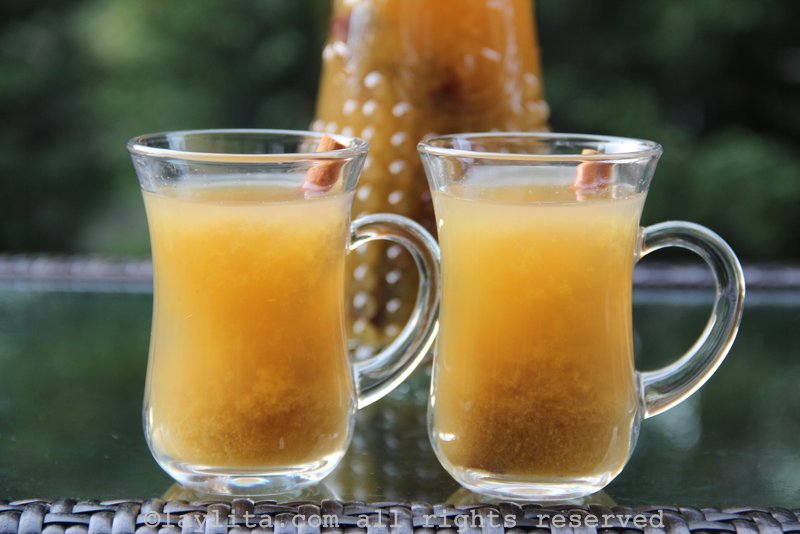
Canelazo is a traditional spiced hot drink from the highlands in Ecuador. The original canelazo recipe is made by boiling water with cinnamon and sugar or panela, and then it is mixed with a local sugar cane alcohol called punta or aguardiente. The climate in the Sierra or highlands of Ecuador is usually mild during the day, as long as the sun is out you will be fine wearing a t-shirt. However, it can get cold at night, especially when it rains, and most houses in the highlands don’t have gas or electric heaters – we have thick blankets called colchas. If you’re home at night you are typically fine, however during local festivities there are a lot of outdoor nightly activities, including shows, fairs or firework displays.
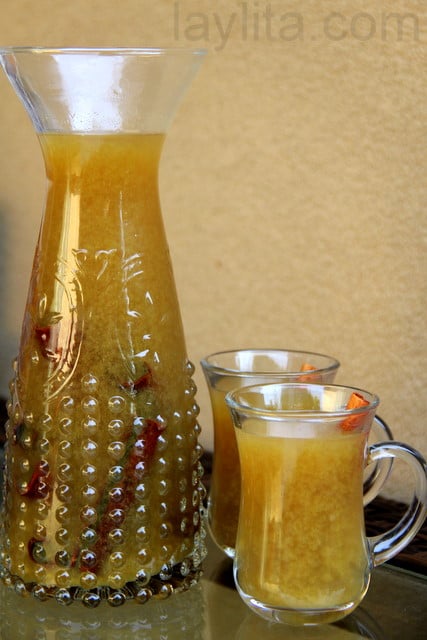
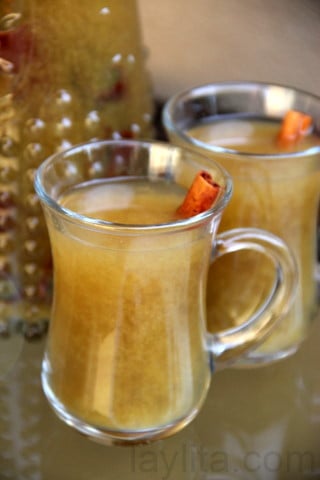
This is where hot canelazo comes in; if you are feeling the cold a drink of canelazo will definitely warm you up. One of my best memories of drinking canelazo was with a group of friends during the local fiestas. One night we took a ride on a chiva; this literally translates as a goat, however in this case it’s a rustic open bus. It was a very cold night, but thankfully they were serving canelazo on the chiva – that was probably the time where I appreciated it the most.
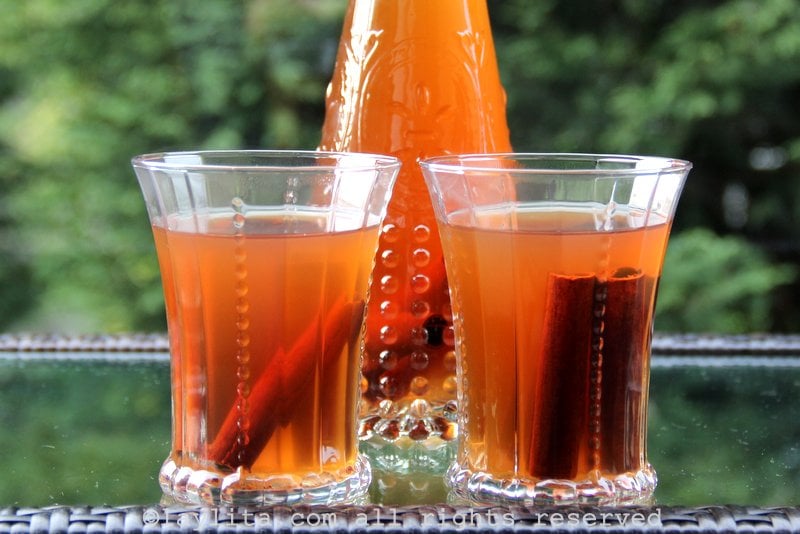
Canelazo and naranjillazo spiced drinks
Ingredients
Canelazo
- 6 cups of water
- 8 cinnamon sticks
- 1 cup of sugar or grated panela
- Aguardiente to taste
Naranjillazo
- 4 cups of water
- 2 cups of naranjilla concentrate previously frozen
- 1 ¼ cup of sugar or grated panela
- 8 cinnamon sticks
- Aguardiente to taste
Aguardiente guidelines – adjust based on you preference (or the weather)
- For a light canelazo add 1 oz of aguardiente to each glass of canelazo.
- For a medium-strong canelazo add 1.5 oz of aguardiente to each glass of canelazo.
- For a strong canelazo add 2 oz of aguardiente to each glass of canelazo.
Instructions
- Combine all the ingredients, except for the aguardiente, in a medium sized pot.
- Bring to a boil, reduce the heat and simmer for 30-40 minutes. To make the fast or cheater version you can simply boil it for 10-15 minutes.
- Mix in the aguardiente and serve immediately.
Notes
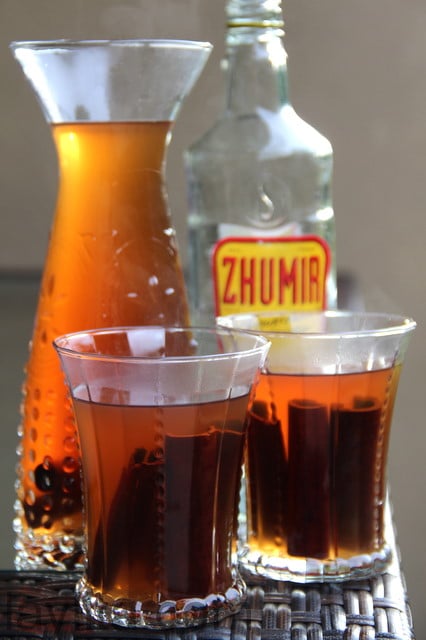
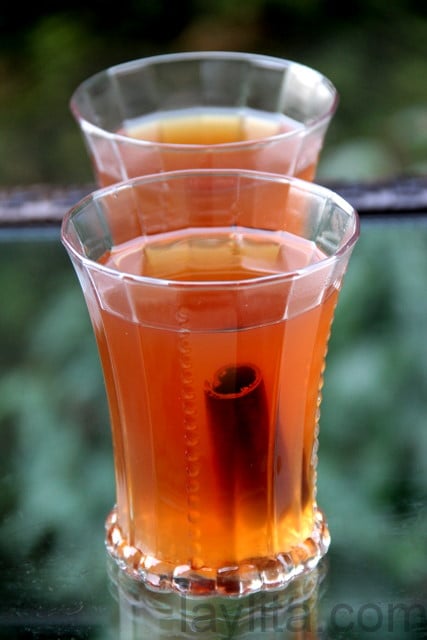
A very popular variation of canelazo is naranjillazo, which uses a local fruit called naranjilla. Naranjilla, also known as lulo in Colombia and very close to a cocona in Peru, is an acidic fruit that looks like a fuzzy small orange; it is used in juices and cocktails, ice cream, desserts, and in savory meat stews. I have never been able to find fresh naranjillas in the US, I have found frozen whole ones a couple of times, and can find the frozen concentrated pulp in most Latin grocery stores.
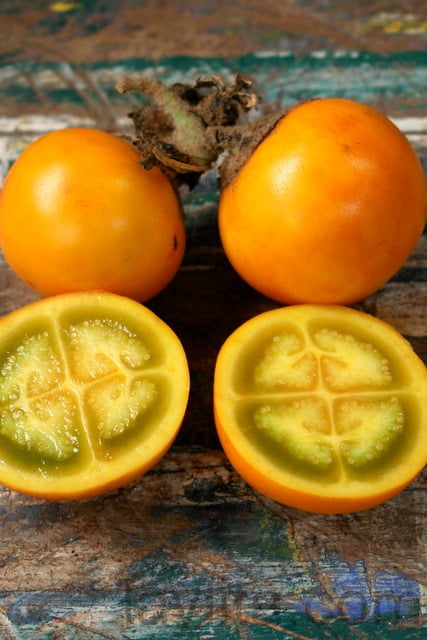
Ecuadorian aguardiente is different from Colombian aguardiente in that it doesn’t have the anise flavor that the Colombian one has. In fact, I would recommend Brazilian cachaca or even rum as a closer substitute for the aguardientes in this canelazo recipe. Punta or puro is another variation of aguardiente, but punta usually means that it is a regional or homemade version of aguardiente. The locals will be able to tell you where to buy the best quality punta. The two main brands of aguardiente in Ecuador are Zhumir and Cristal (not the same Colombian Cristal anisado). In Loja, we have a local brand called Cantaclaro, which is probably the cheapest aguardiente you can find.
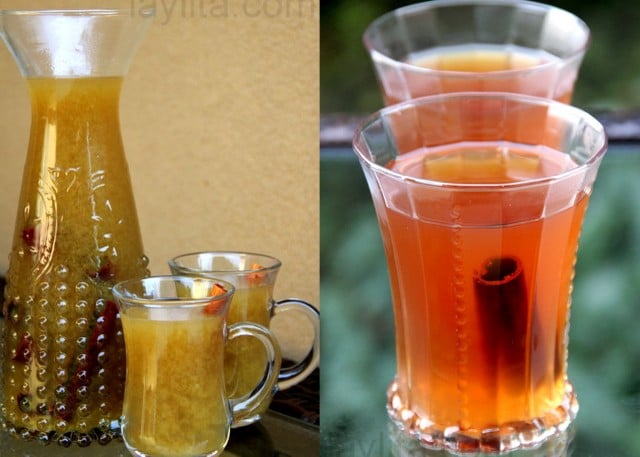
A few years ago, when my brother-in-law Matt was helping me with a culinary tour of Quito, I gave him a list of traditional dishes and drinks that he should try. Naranjillazo was on the list, since he was planning a night visit to La Ronda area in the historical center of the city, I assumed that he would try naranjillazo during the evening. He misunderstood me and thought that naranjillazo was some sort of naranjilla juice, so he ordered it for breakfast instead. Of course, they still prepared it for him at 9 am and he drank it, but it’s become a joke that he likes it for breakfast.

Canelazo and naranjillazo are very easy to drink since they are both sweet and are warming you up at the same time. However, you should be warned that they can be very strong and that a hangover from drinking anything with punta or aguardiente is not pleasant. The amount of aguardiente that is added can vary depending on who prepares the canelazo or naranjillazo. My brother has an interesting strategy for making canelazo: his first batch has a moderate amount of alcohol, as people drink more his following batches tend to get stronger and stronger – of course, most people don’t notice until it’s too late.
I’m including the ingredients for both drinks; you can try both and see which one you prefer. The pure canelazo has a rich amber color that the drink gets from the cinnamon and the panela, while the naranjillazo takes on the yellow green color of the naranjilla juice. Also, if you want a non-alcoholic version you can try them without alcohol.
Step by step preparation photos for Ecuadorian naranjillazo and canelazo warm cocktails
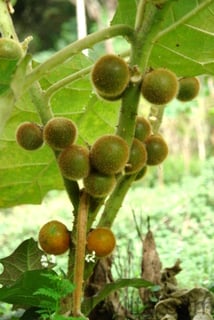
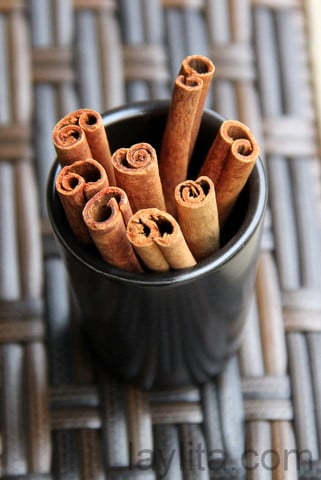
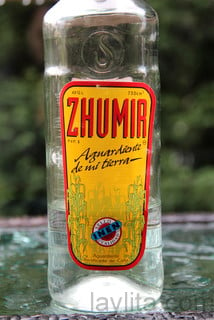
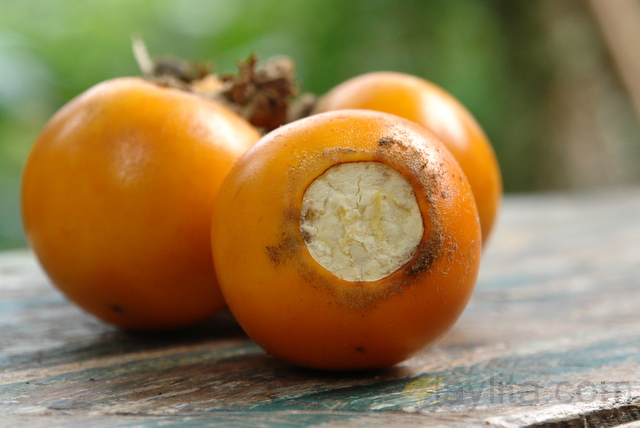
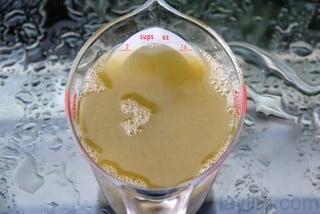
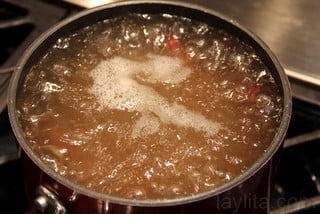
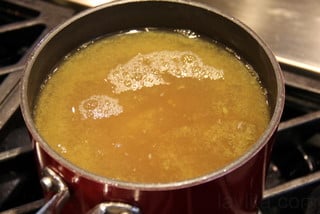
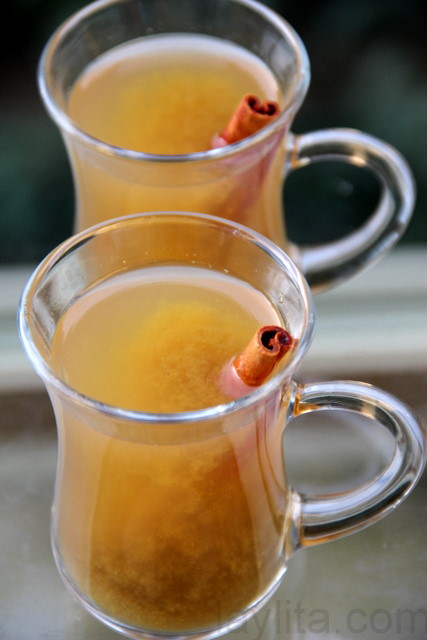
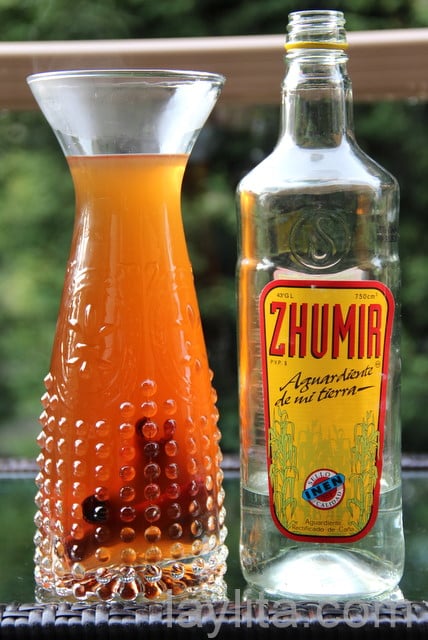
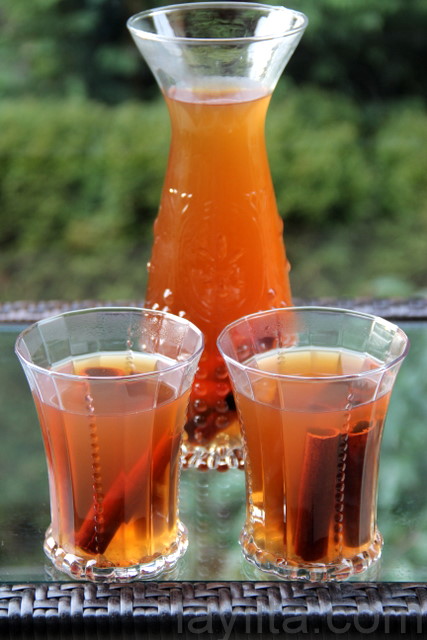

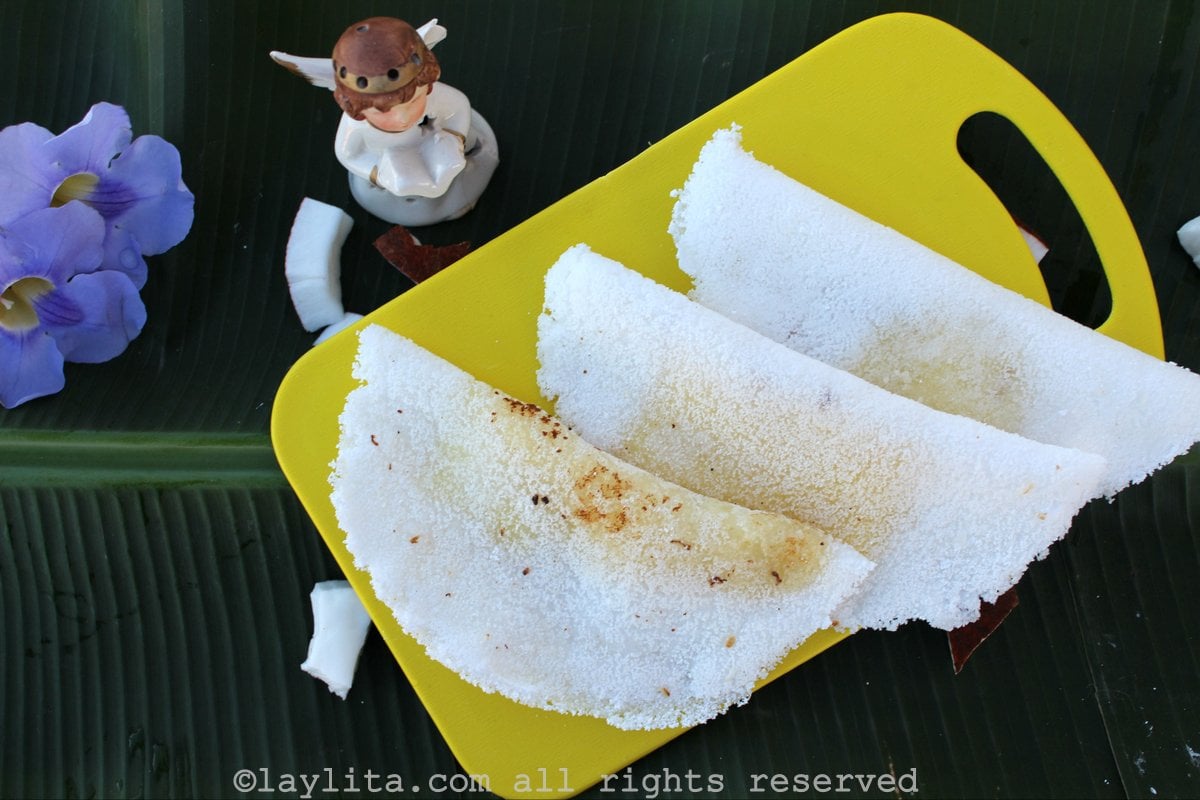
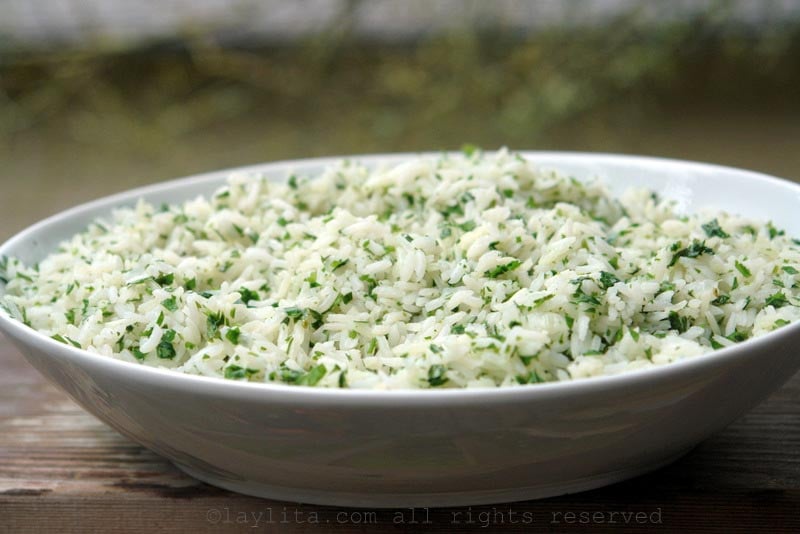
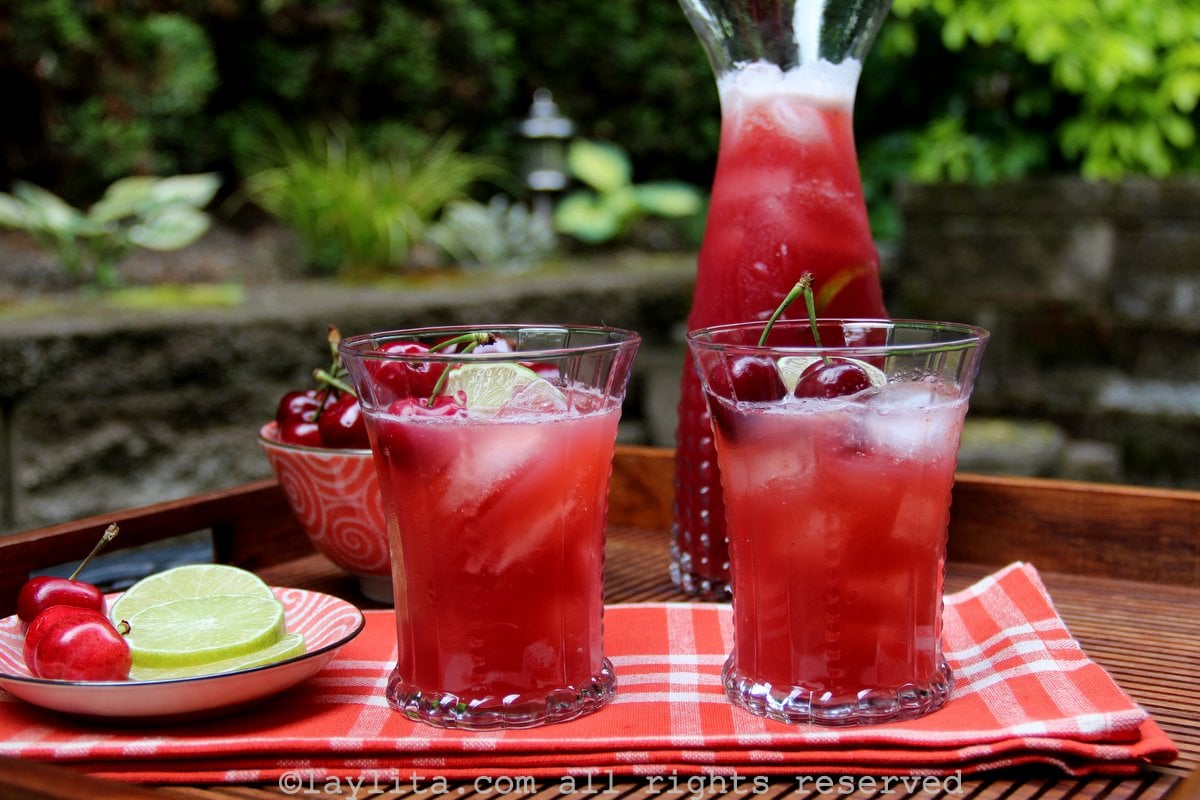
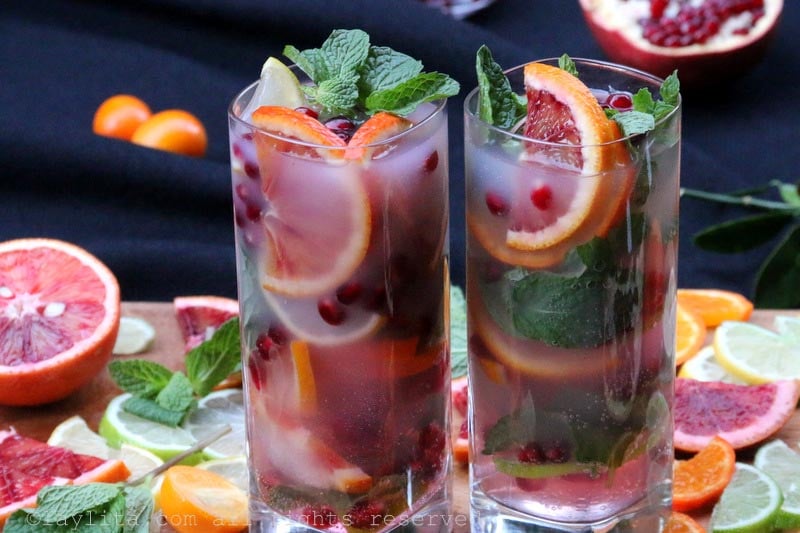

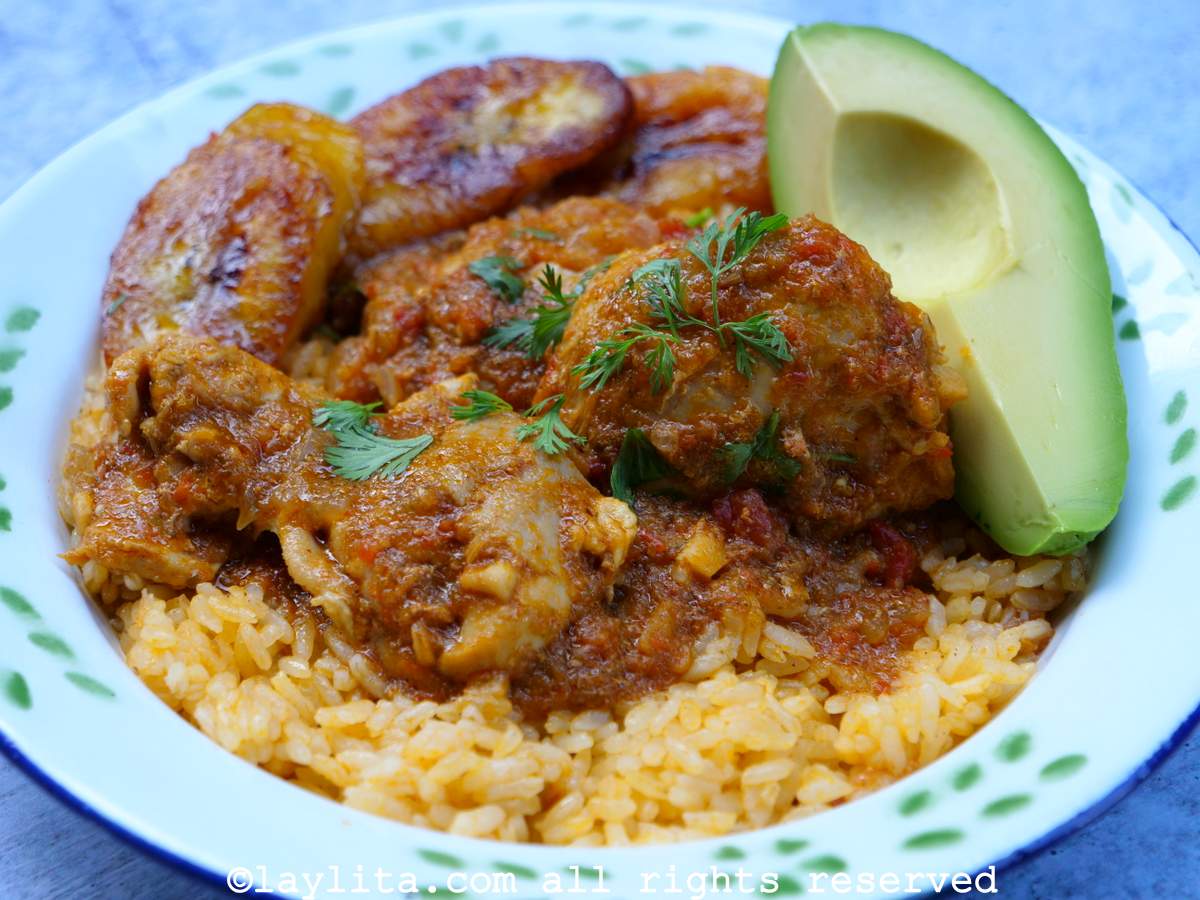
Hi laylita, I just returned from my lindo Quito nand I really thank you for your recipes they are authentic.love the canelazo and now I a prepare for my family in California. Thank you keep up the great work from our wonderful land .
Based on this article, it appears naranjillazo may also be called “El Draque” in some circles.
http://www.elmercurio.com.ec/hemeroteca-virtual?noticia=102075
Interesting story, though the connection between a pirate in Jamaica and naranjillas doesn’t seem very likely.
Yes! I just got back from Ecuador. I took a chiva ride in Banos and was very cold when we arrived at the top of the Mirador. Fortunately, the driver had a big container of very hot canelazo. I tried it and indeed it took the cold away. It was delicious too. So, delicious that I was searching for the recipe when I came upon your site. Thank you so much.! I also ate a huge and delicious guinea pig. I don’t remember what it is called in Ecuador. But, it was fantastic. I am sure my mouth will water whenever I visit a pet store here in the US.
Hi Juan – Glad you enjoyed Ecuador and the canelazo. The guinea pig is called cuy, and some Latin grocery stores in the US sell frozen cuys, so you don’t have to go after the ones at the ones at the pet store :)
I have ordered this a couple times at a restaurant in Cuenca. The color was red, however. Obviously, they must add something else because yours doesn’t appear red in the photo.
In Cuenca they have a drink called Sangoracha, it is reddish pink and is made with aguardiente or punta and a bunch of different herbs/flowers. Sangoracha is the name of the flower that gives it the red color. It is like an alcoholic version of the horchata lojana drink.
Thanks. I will have to keep my eyes open for some horchata dried herb mix.
Thank you so much for all the recipes. Just looking at all the pictures always makes me hungry and yearning for Ecuadorian food. Would you by chance know of Ecuadorian restaurant in the Seattle area? I checked the internet before and found Mi Bohio. I anxiously drove there, and drove and drove around but did not find the place. I don’t cook but hoping someday I can also taste these good, healthy food. Thanks again.
Hi there!
Just a quick note to let you know we are running a cocktail contest on our Facebook page. Feel free to enter with one of your delicious and original recipes! The best one gets a prize! http://www.fb.com/LekueWorld
I feel kind of jipped that I’ve lived in Ecuador for 7 months and have never tasted this drink! Thanks to you I can make it myself. :)